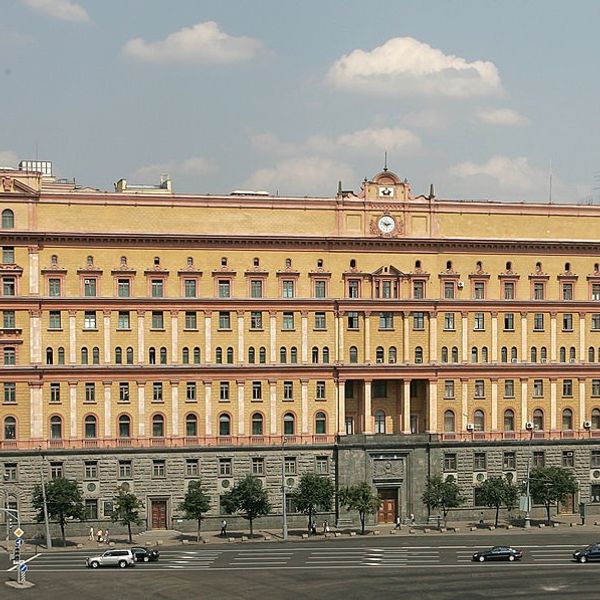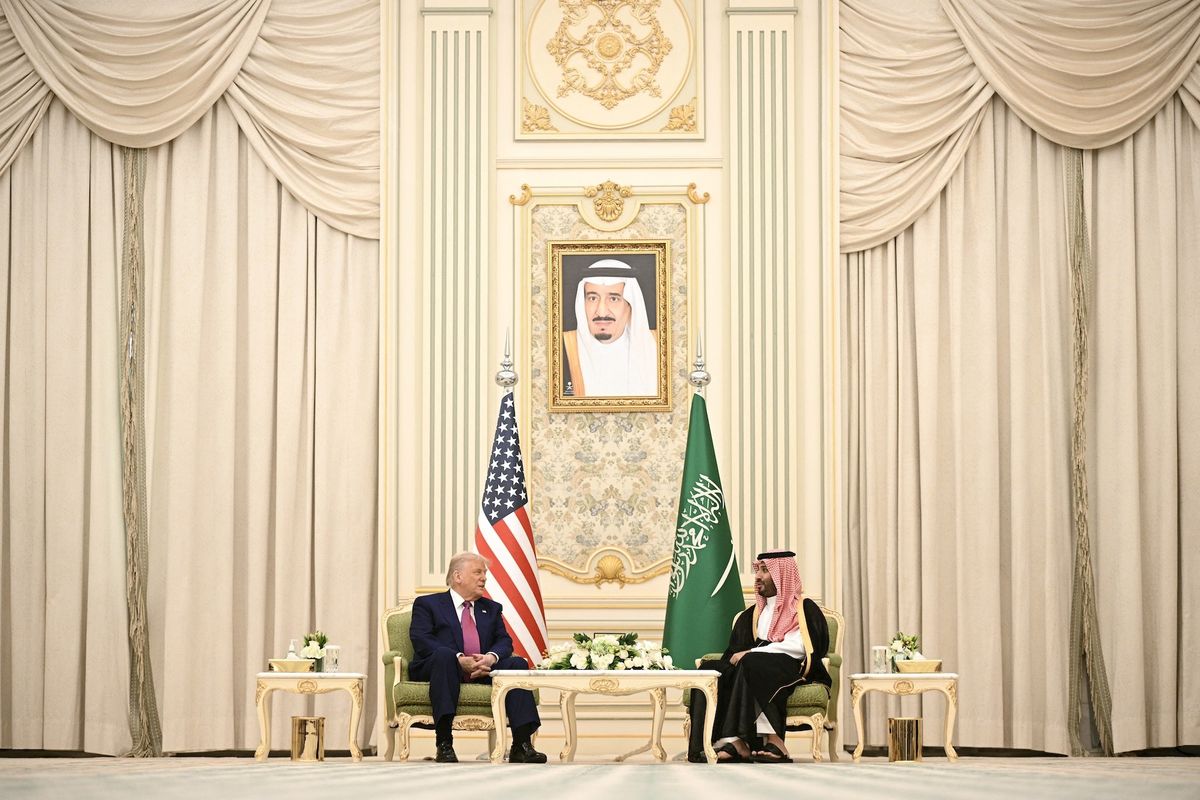Former State Department Regional Medical Officer and Psychiatrist, Kenneth Dekleva pieces together recent news from the Hanoi Summit with a focus on Kim Jong-un’s behavior and what he might do next.
The results of the recent Hanoi summit between Chairman Kim Jong-un and President Donald Trump have led to a sense of disappointment, given the cancellation of their talks without any formal agreement. Nevertheless, the summit offered further diplomatic engagement between the DPRK and the U.S., both with respect to its leaders and their entourages, and gave observers a further sense of Kim’s political psychology and sensibilities.
Analyses of the summit and Kim’s political behavior possess value, helping to understand not only Kim’s strategic thinking, but also furthering diplomatic engagement at lower, working levels between the DPRK and the U.S. Chairman Kim – exhibiting charm, grace, and preparedness - came across as a rational, mature, and business-like leader of a nuclear power on the world stage, suggesting (to echo the late Prime Minister Thatcher’s famous phrase about Mikhail Gorbachev) that he is someone with whom other nations can do business.
Chairman Kim’s adroit diplomacy in Hanoi is a continuation of his masterful diplomatic overtures of 2018. In Hanoi, Kim smiled for the media, answered a question from a foreign reporter, expressed views publicly regarding the negotiations and possible outcomes, and treated President Trump with cordiality. His diplomatic performance in Hanoi suggested a sense of calm, patience and control, although the argument could be made that his behavior represented carefully-staged showmanship. Pre-Hanoi expectations were heightened that a second Trump-Kim summit would build upon their historic June 2018 summit, by achieving deliverables such as (1) a peace agreement; (2) the opening of US-DPRK liaison offices; (3) lifting of the travel ban and increasing people-to-people exchanges between the U.S. and the DPRK; (4) beginning steps towards denuclearization, and (5) establishing [initial] sanctions relief.
The issue of denuclearization remains complex, as North Korea has continued to develop its nuclear infrastructure, while continuing its post-September 2017 freeze on nuclear testing, and more recently, refusing to declare its nuclear weapons or to consider re-joining the NPT or allowing outside inspectors. It is my opinion that the DPRK under Kim – by not openly testing or highlighting its potential - continues to exhibit ‘nuclear opacity,’ borrowing from the experience of Pakistan. In this sense, North Korea has (under Kim’s leadership) achieved a strategic objective of [de facto] recognition - as a nuclear power. The fact that a second Trump-Kim summit concluded on a polite diplomatic note – in spite of no formal diplomatic progress regarding denuclearization – is noteworthy.
The most recent Xi-Kim summit hints at the changing, evolving relationship between Chairman Kim and President Trump. President Trump may be seen by Kim not only as politically vulnerable (in light of a new Democratic Congress, recent poll ratings, the Mueller investigation, trade talks with China, criminal convictions within the President’s inner circle, and increasing House investigations), and increasingly pre-occupied. Kim’s gambit in Hanoi – demanding complete sanctions relief for partial denuclearization (e.g. closing of the Yongbyon reactor) – remains opaque. In this sense, Kim may have followed the logic of Harvard Professor William Ury, falling back upon his BATNA (best alternative to a negotiated agreement), which today would be the status quo, and de facto recognition of the DPRK’s nuclear status, in the context of an ongoing testing moratorium/freeze-for-freeze. This only serves to portray Kim as reasonable and rational with statesmanlike qualities.
In walking away from a deal, Kim too borrowed a page from Trump’s playbook (“sometimes you have to walk”), intuitively realizing that doing so engenders the highest mark of respect. What’s unclear is whether Kim executed his gambit knowing that Trump would reject it, or whether he miscalculated, only later realizing, as did Chinese President Xi Jinping, that having a warm, personal relationship with President Trump is no guarantee of a deal which serves his and the DPRK’s strategic interests.
Following the summit breakdown, Vice-Minister Choe Son-hui said, “The impression I got observing this summit from the side was that our chairman seems to have difficulty understanding the U.S. way of reckoning. I felt that our chairman has lost the will to engage in deal-making, with the United States saying that even a partial lifting of sanctions for the civilian economy is hard.” Time will tell whether such comments represent Kim’s long-term assessment regarding Trump, and his now-famous unpredictability, or whether such comments represent post-summit ‘spin.’
What is less clear is whether Kim hopes to wait merely beyond the 2020 election or whether Kim’s ‘Hanoi Gambit’ is part of a longer-term strategy of consolidating the DPRK’s nuclear status and waiting for a new U.S. president to be elected into office. The day after the summit, Chairman Kim threw himself back into diplomacy, engaging in a successful official visit with Vietnam’s President, Nguyen Phu Trong. Kim surely knows that time is on his side, and in Hanoi he both came out a winner, and showed himself once again to be a master of ‘The Art of the Deal.’
Read more from Kenneth Dekleva in The Cipher Brief














